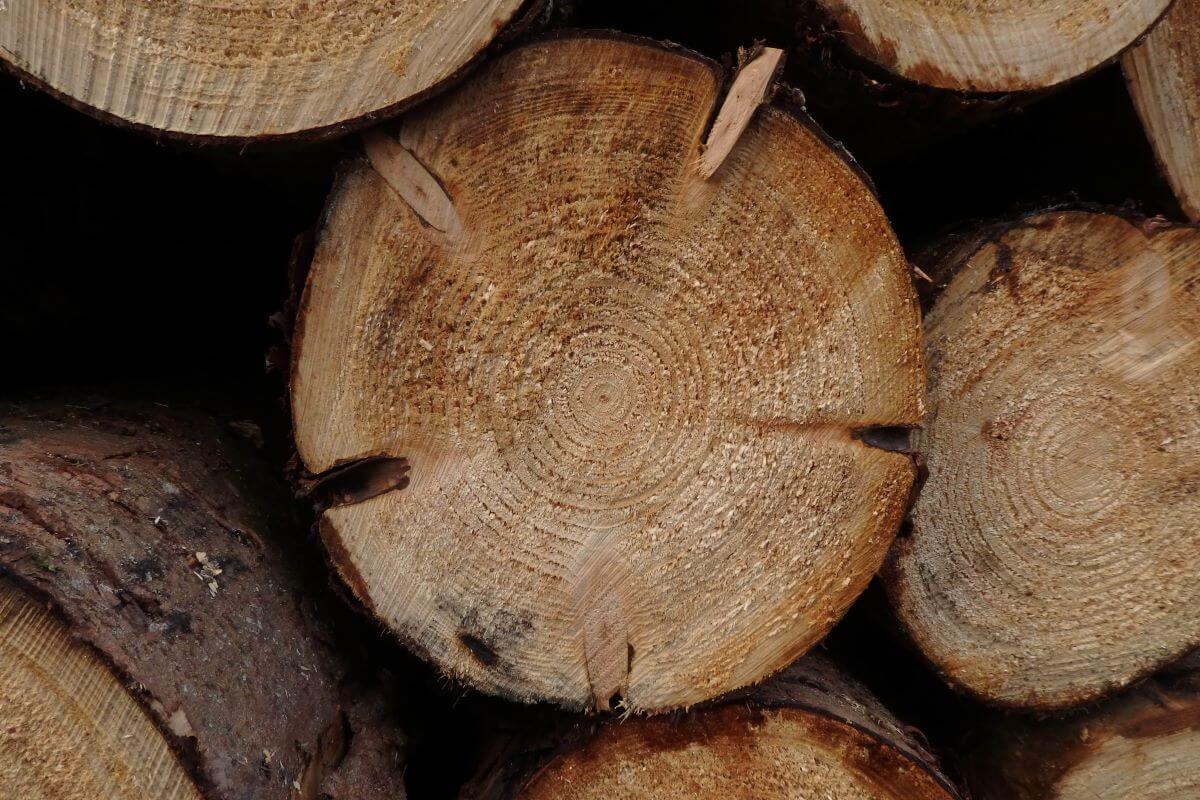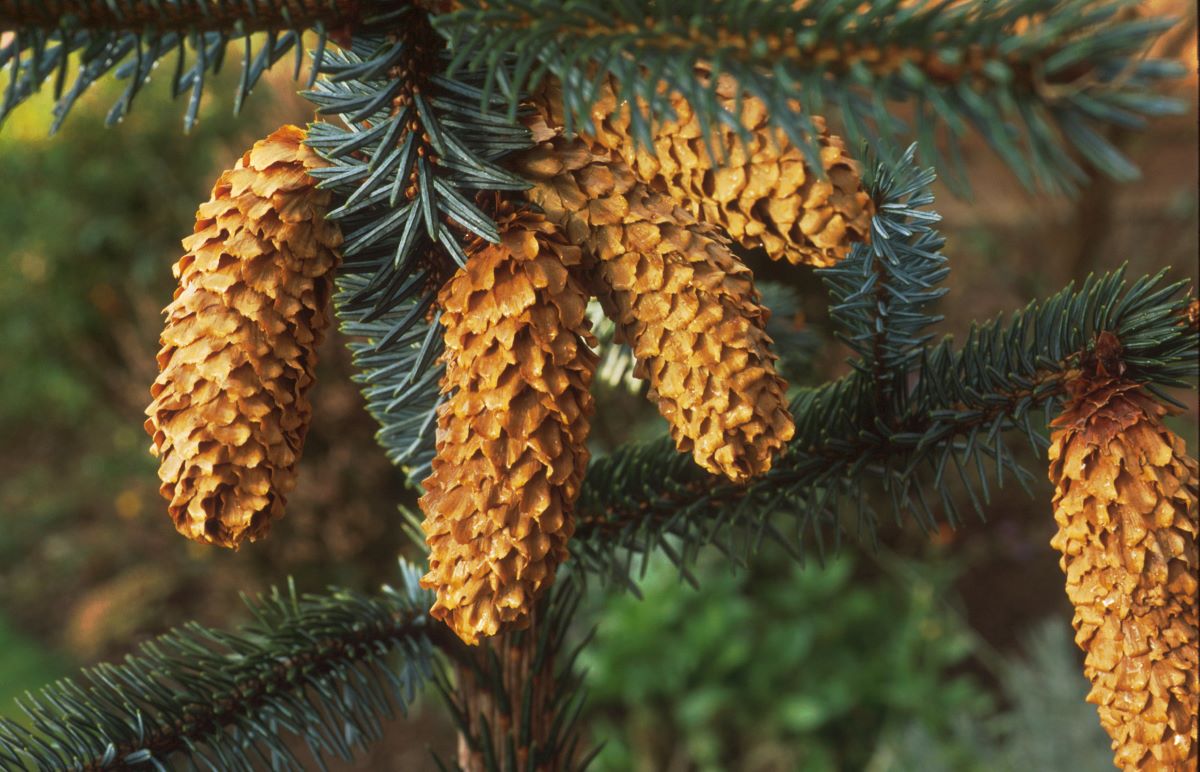Identifying proxy measurements for drought tolerance in Sitka spruce
Project leads Dr Rubén Manso, Dr Richard Whittet | Forest Research
Lead organisation Forest Research
Project status Complete (April 2022 to March 2025)
Project funding £357.000
Research outcomes Adaptation | Resistance
Context
Drought occurrence and severity are expected to increase in large parts of Britain as a consequence of climate change. Sitka spruce (Picea sitchensis), which accounts for 60% of UK timber production, originates from the oceanic north west of America and is not adapted to drought conditions. Evidence from central Europe shows that drought is a major driver of pest outbreaks that have devastated large areas of native Norway spruce (Picea abies).
Additionally, drought is suspected to be a factor in internal wood failure, which greatly reduces the value of the timber produced. Given this context, the resilience of spruce forests needs to be enhanced in Britain in order to secure the provision of high-quality timber to industry. This is a major objective of the Forestry Commission and one of the key elements of the UK Net Zero Strategy.
Research aims and objectives
Aim
To identify a series of heritable traits for drought tolerance in the Sitka spruce breeding population, which can be used to select for more resilient trees.
Objectives:
- Study the genetic control of relevant resilience traits – different traits known to be associated with resilience to drought will be extracted from wood samples from a number of different cloned genetic families from Forest Research’s clone banks to assess their heritability. These traits will also be calculated in the original clones to determine evaluation of the full breeding population from clone banks is possible.
- Test proxies such as wood density and drought cracks, that can be used as markers of the existence of the above traits. These proxies will also be tested in clone banks.
- Economically quantify the benefits of including drought tolerance in the breeding criteria against the current system.
Expected outcomes
- A trade article on heritability estimates for resilience traits.
- Report on resilience proxies.
- New criteria in index selection (if applicable).
- Submission of manuscript aimed at a scientific publication on the economic quantification of considering drought tolerance as a breeding criterium.
Further resources linked to this project
Watch a short talk on this project
In this talk, Dr Rubén Manso & Thomas Baer (Forest Research) present research on using available genetic resources to build economic resilience: the case of Sitka spruce.
This talk was part of the ‘Genetic Research for Economically Resilient Forestry’ webinar originally broadcast by the Centre for Forest Protection on 27 March 2025.

Glossary & Key Terms
Genetic control
The extent to which specific traits are determined by the tree’s genetic makeup and can be inherited by its offspring.
Heritable traits
Characteristics of the tree that can be passed to their offspring.
Internal wood failure
Stem cracking.
Norway spruce (Picea abies)
Norway spruce is a European native and was present in Britain pre-glacial. As an early reintroduction (before 1550) it was widely planted and is an important forest tree but fell out of favour when the more productive Sitka spruce (Picea sitchensis) became available. More recently the arrival in Britain of the European spruce bark beetle (Ips typographus) poses a distinct threat to both species. For more information, see Norway spruce (NS) – Forest Research.
Proxies
Variables that provide an indirect measure of a target trait, but which are much easier to measure.
Sitka spruce (Picea sitchensis)
Sitka spruce is the largest of the spruce Genus (Picea) with some trees growing to a height of 80 m and a dbh of 500 cm. It is Britain’s most widely planted productive conifer growing in the milder wetter conditions of the west and north. Sitka spruce is categorised as a principal tree species. For more information, see Sitka spruce (SS) – Forest Research.
Share this project on social media
Related Projects
Our Partners
Social media
Explore
Newsletter
Contact
© 2022 Centre for Forest Protection. All rights reserved.


